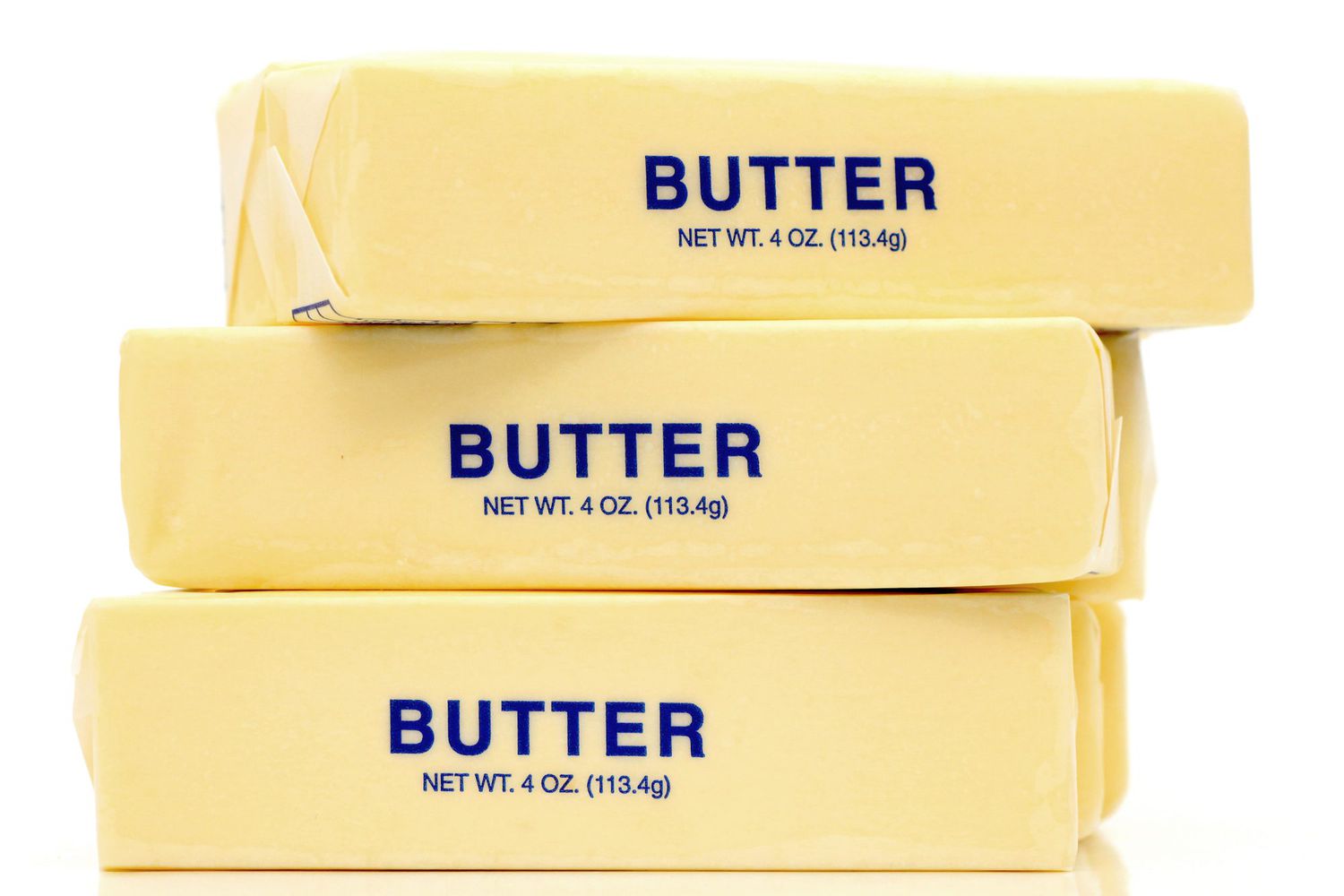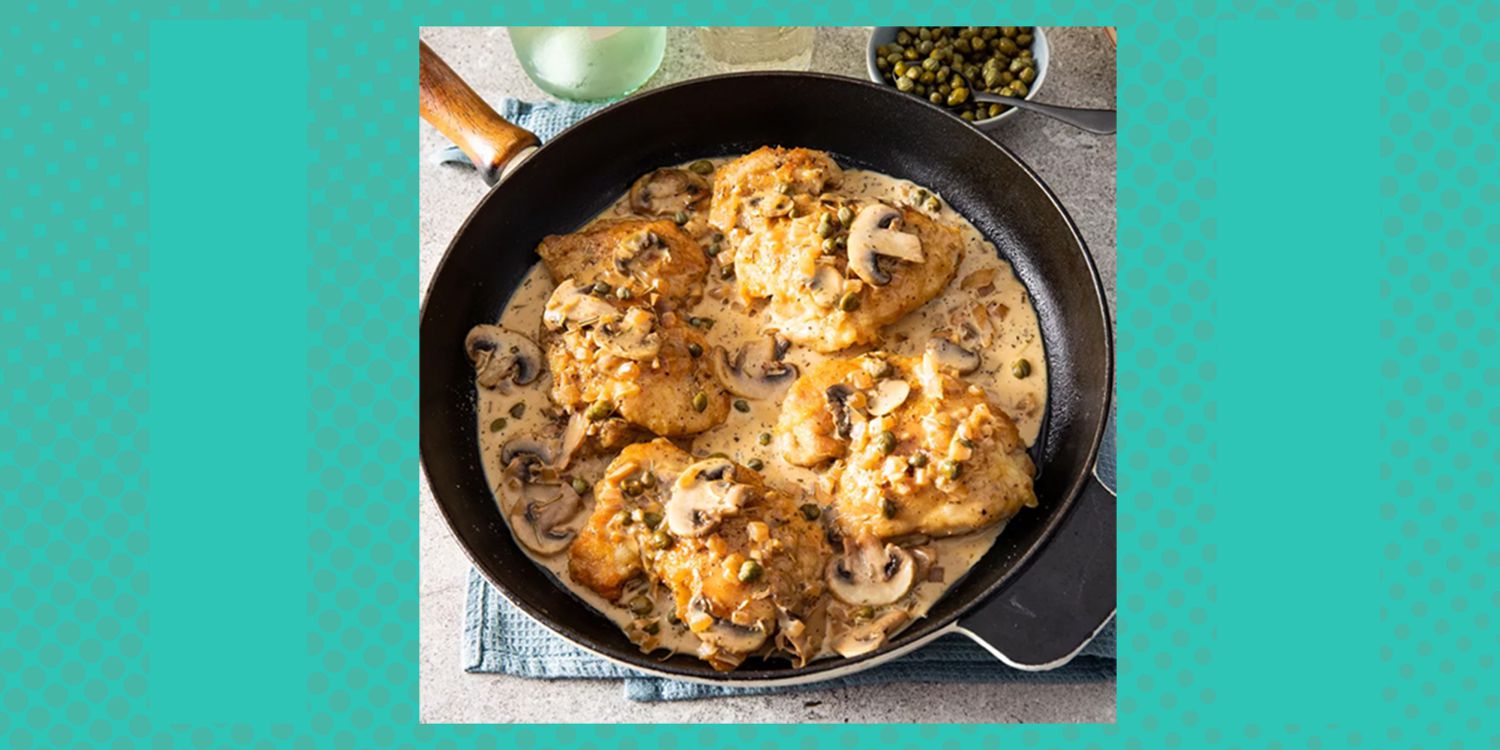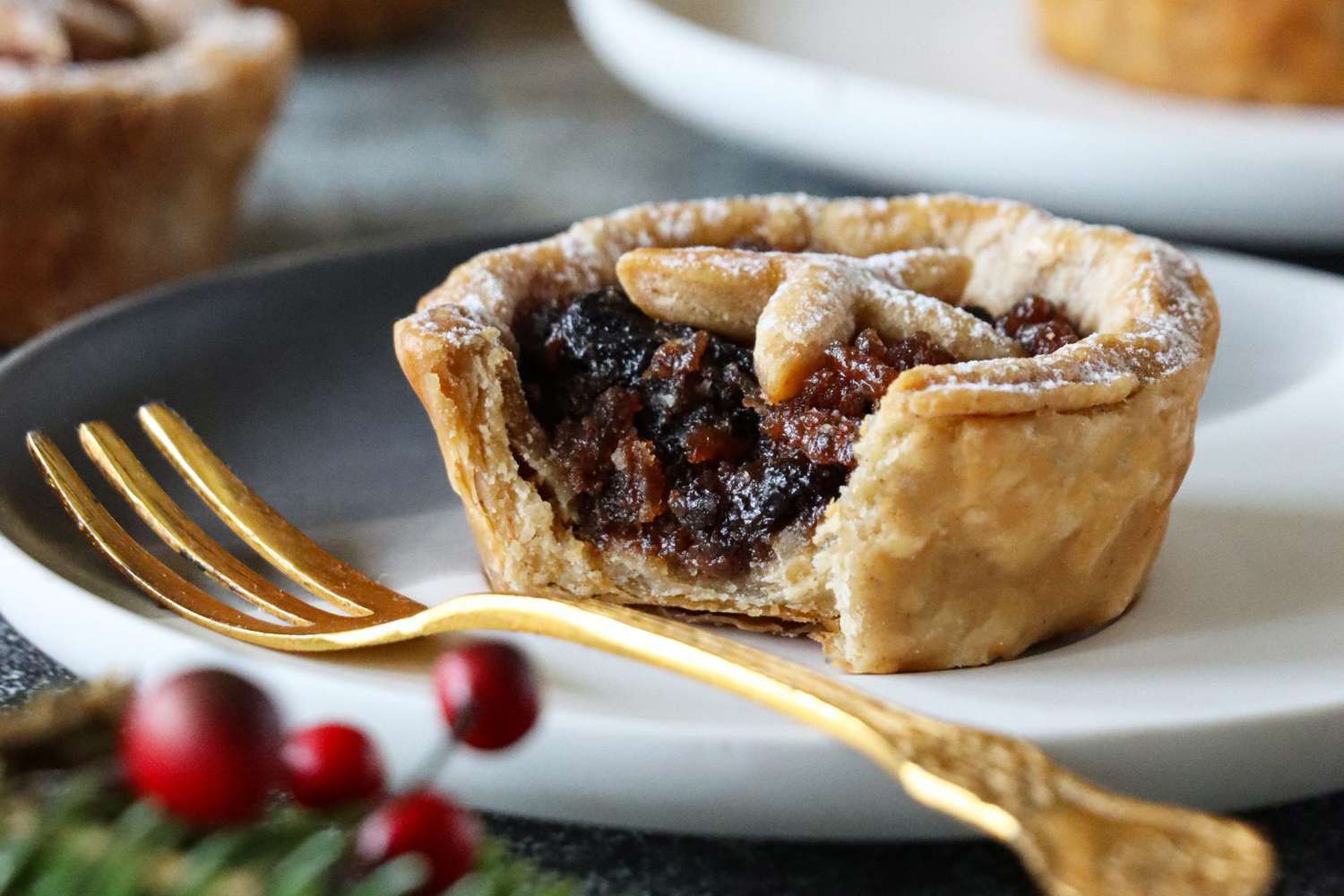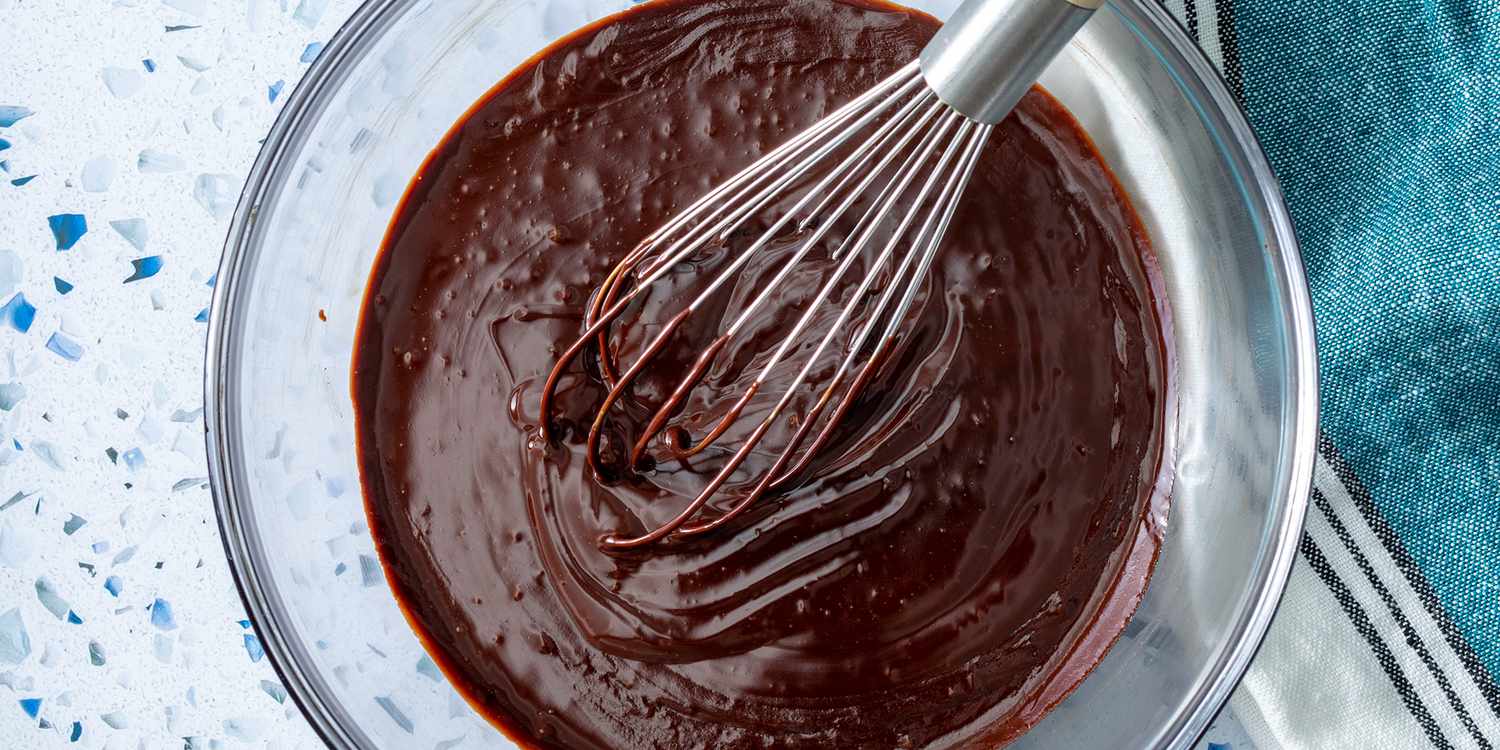Most of us, at some point or another, have found ourselves on the dairy aisle staring at two categories of butter, wondering which to toss into our carts: salted or unsalted. Does it really make a difference? The truth is, there are plenty of cases where you can substitute one for the other, but understanding what each variety brings to the table and how to work with it is important. Read on to learn about how salted butter can impact your cooking and baking differently than unsalted butter, and when to reach for which.

The Difference Between Salted and Unsalted Butter
The only real difference between salted and unsalted butter is literally the salt: All butter is made from milkfat in cream and contains at least 80 percent milkfat, 18 percent water, and 2 percent solids (mainly protein and salt), explains Jen Giambroni, a dairy expert with Real California Milk.
The process goes like this: Pasteurized cream is shaken or churned until the milkfat (butterfat) separates from the remaining fluid, which is known as buttermilk. After churning, the butter is rinsed — and salted, if making salted butter — and the excess buttermilk is removed.
While both salted and unsalted butter each have their moment to shine, the bottom line is that in general, they can be easily substituted for each other, as long as you keep a few things in mind.
When to Use Salted Butter
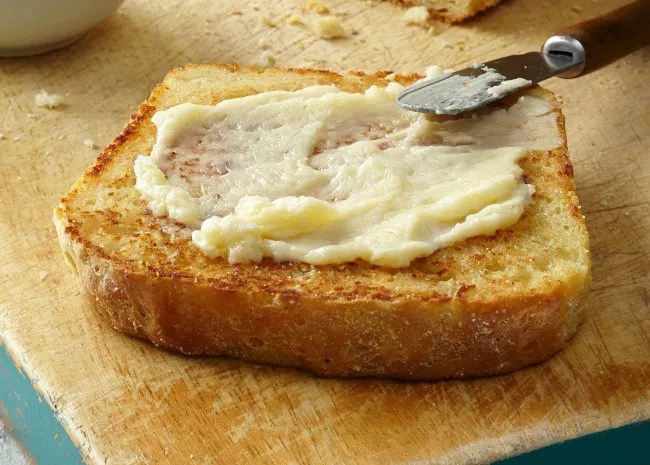
This is the best kind of butter to use for the table and general cooking uses, says Giambroni. That’s because when you’re slathering it on a piece of warm bread, for example, the saltiness helps to bring out the rich flavor and enhances the experience for your taste buds. This is why you’ll often see salt added to table butter or whipped butter at a restaurant — without the salt, it may taste flat or just fatty.
Executive Pastry Chef Kaley Laird of Rhubarb, The Rhu, and Benne on Eagle in Asheville, N.C., recommends using salted butter in recipes that you really want to taste savory and in which you don’t have to worry too much about the salt content (soup, for example). In this case, you may want to use slightly less salt than the recipe calls for to account for the saltiness of the butter.
When to Use Unsalted Butter

This kind of butter is simply churned fat with no added salt, and can be used anytime fat needs to be added to a recipe, says Laird.
Unsalted butter should be your go-to for baking and pastry. Because most recipes call for the addition of salt as an ingredient, using salted butter in things like cookies and pies can take them over the edge in saltiness.
Aside from the flavor, using salted butter in a baking recipe that calls for unsalted can lead the end product to not turn out as it should. For example, in a high-fat yeast dough, such as brioche, using salted butter may not only lead to an overly salty flavor, but something that doesn’t look or feel as brioche should. This is because salt can kill the yeast in a bread and lead to improper leavening, explains Jason Jimenez, executive pastry chef at The Willard InterContinental Washington, D.C.
How to Substitute Salted and Unsalted Butter
If you only have salted butter on hand when you’re baking, pull back on the added salt in the recipe — maybe reduce by half or so, depending on what you’re making — remembering that you can always add more salt later but you can’t take it back out. Different flours and chemical reactions in the baking process can change how salty something tastes before and after it’s baked, says Laird, so while you may think you’ve adjusted the salt correctly, it can still come out overly salty when it’s done. That’s why it’s best to err on the side of caution.
If you only have unsalted butter to serve on the table or to add to a savory recipe that calls for salted butter, the fix is simple: Simple add a bowl of sea salt to the table to sprinkle on top (the added crunch adds a new layer of enjoyment to bread and butter, anyway), or add a bit more salt to your recipe.
More About Butter:
- The Three Types of Butter You Need to Know About — And How to Use Them
- What Is Irish Butter?
- What Is Brown Butter, and How Do You Make It and Use It

